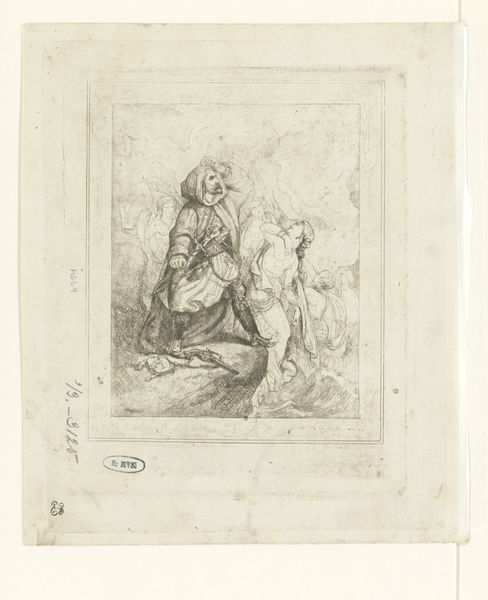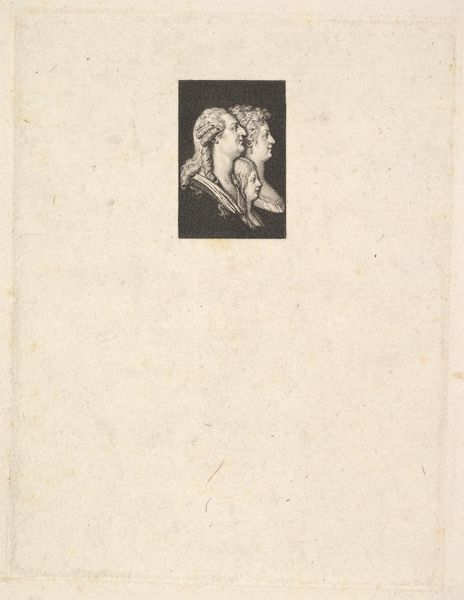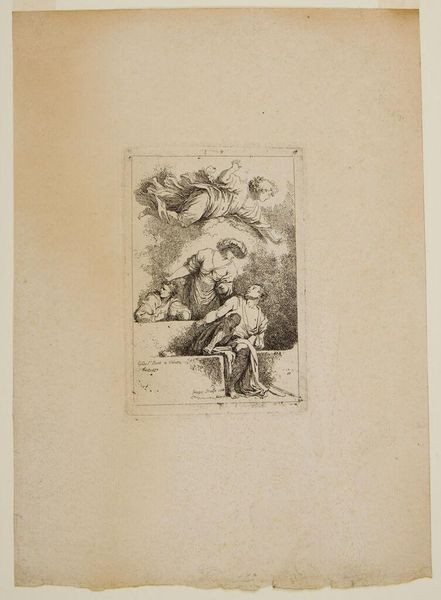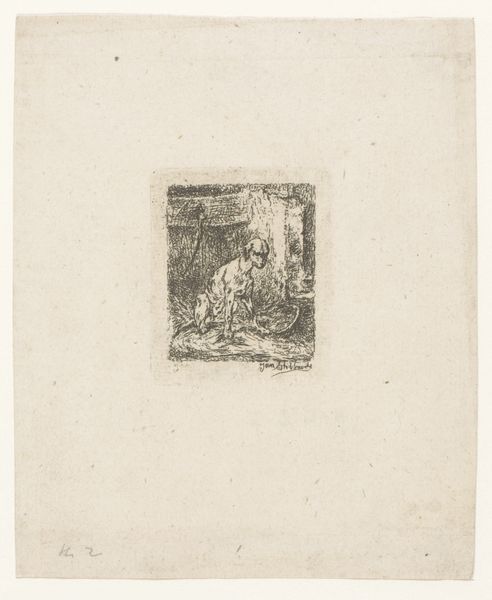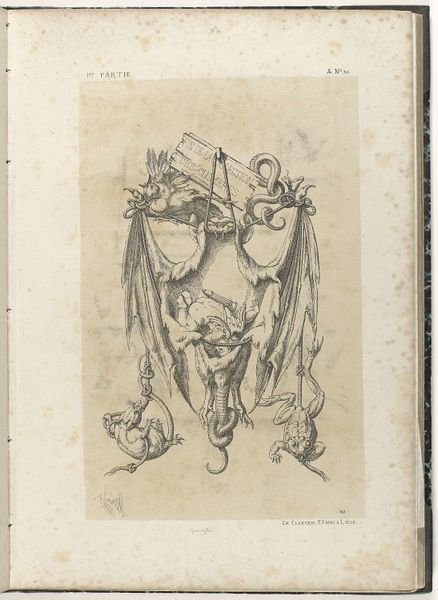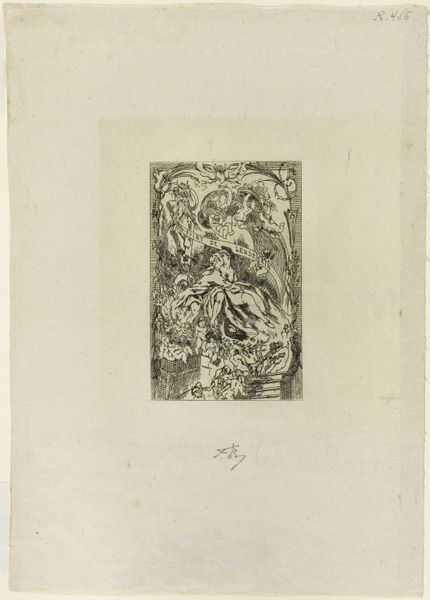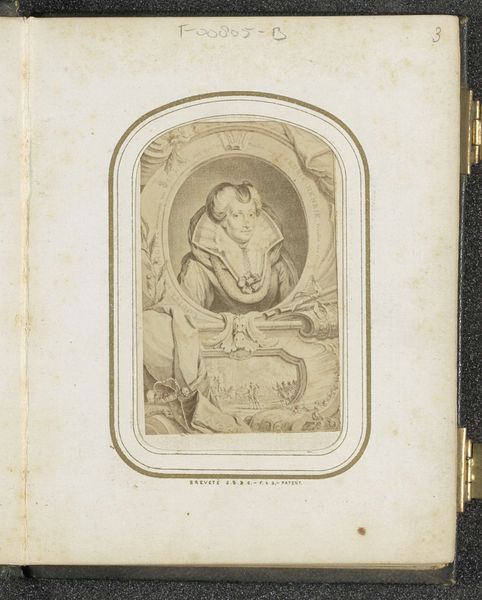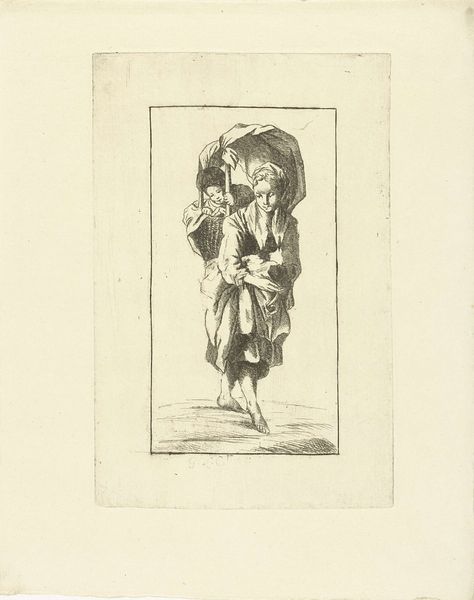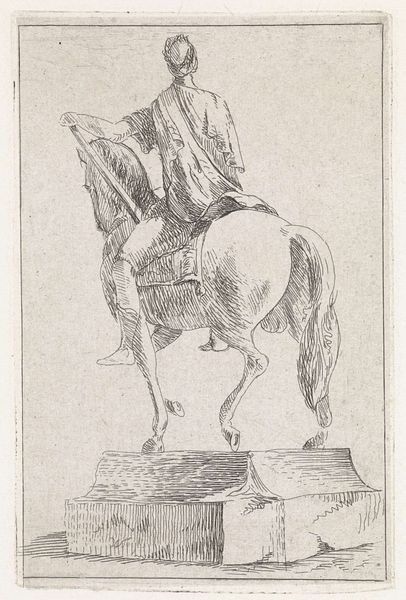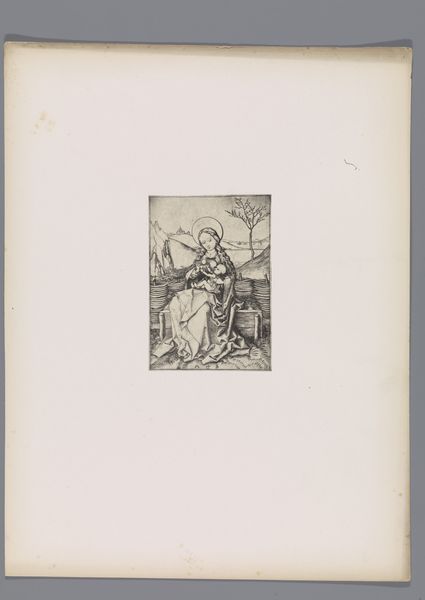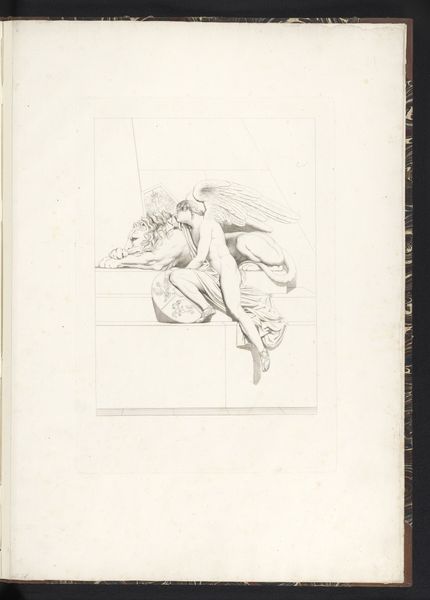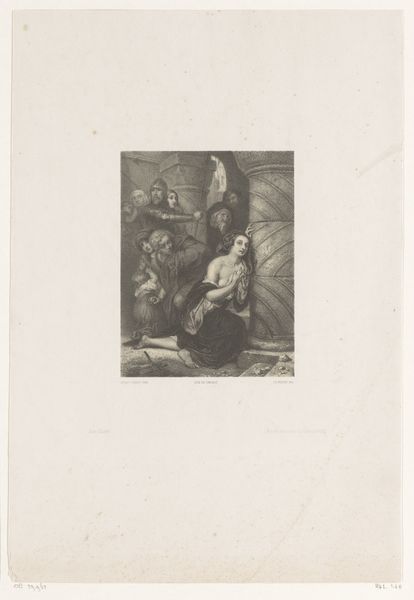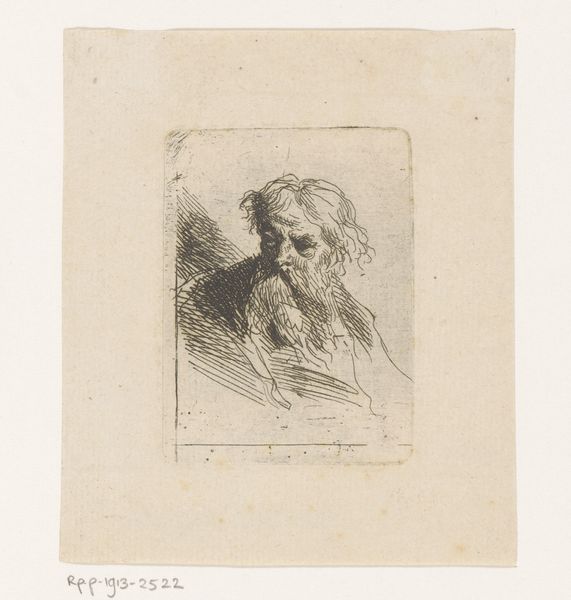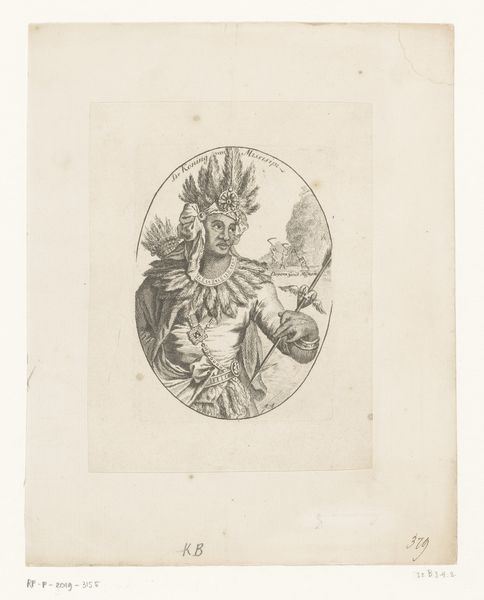
drawing, paper, ink
#
portrait
#
pencil drawn
#
drawing
#
aged paper
#
toned paper
#
light pencil work
#
pencil sketch
#
old engraving style
#
sketch book
#
figuration
#
paper
#
personal sketchbook
#
ink
#
sketchbook drawing
#
academic-art
#
sketchbook art
Dimensions: height 91 mm, width 64 mm
Copyright: Rijks Museum: Open Domain
Editor: This drawing, "Zittende wijsgeer," attributed to David-Pierre Giottino Humbert de Superville, dates roughly from 1781 to 1849. It's rendered in ink and pencil on paper and depicts a seated philosopher. The mood is quite contemplative. What compositional elements strike you most about this piece? Curator: The figure's posture is of primary interest. Observe how the artist uses line and form to suggest the weight and drape of the figure’s garments. The shading is meticulously applied, particularly within the folds of the robe, to create depth and volume. Notice also the detail given to the hands and face, drawing the viewer’s eye. It’s a study in contrasts: delicate lines against areas of deeper shadow. Editor: I see what you mean about the contrast. Does the object in the figure’s hands have significance? Is there something symbolic in the relationship between this "wijsgeer" and the vessel? Curator: Not necessarily. From a formalist perspective, the object's importance lies primarily in how it contributes to the overall balance and structure of the composition. The circular form of the vessel is echoed elsewhere, in the turn of the head and the curve of the shoulder, creating visual harmony. Editor: That’s fascinating. I hadn't considered the echoing forms. Curator: Furthermore, consider how the artist has employed a limited range of tonal values to evoke a sense of age and timelessness. The quality of line is varied: confident and precise in some areas, hesitant and exploratory in others. Editor: Thank you. I now see that the power of the work resides in its sophisticated interplay of line, form, and light. Curator: Precisely. By concentrating on these intrinsic elements, we can appreciate the work on its own terms, divorced from external narratives or historical contexts. A rewarding approach to understanding visual art.
Comments
No comments
Be the first to comment and join the conversation on the ultimate creative platform.
